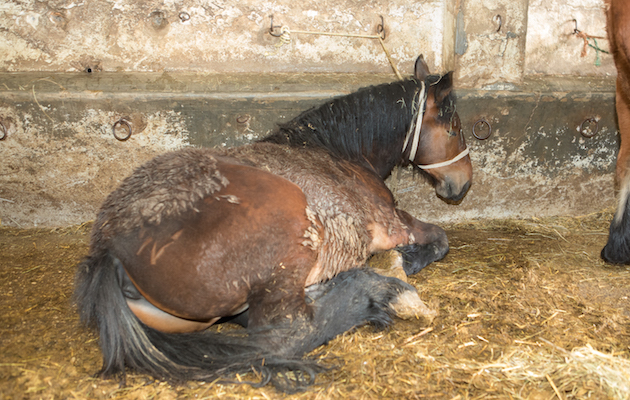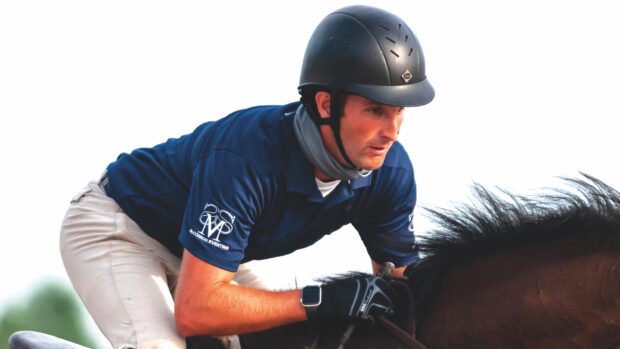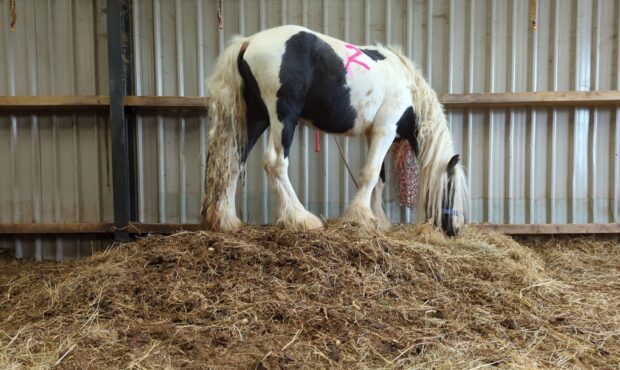Opinion
You sometimes have to wonder what the world is thinking.
For example, more than 160,000 people have signed a petition calling for the government to ban something described as “unnecessary cruelty” towards equines.
Putting aside the fact it’s not clear what cruelty could ever be necessary, what could this particular example be, I hear you ask.
This “disturbing trend” is pony-painting parties, and it’s likely you’ve read the outrage of the “concerned citizen” who started the petition, reported by national media.
There’s all sorts of talk about the practice being “disgusting”, “disgraceful” and “inhumane”, about stressed horses and the potential danger to animals and people.
But really. Yes, when doing anything to do with horses, or any animals, their welfare has to be the absolute, number one priority, at all times. That goes without saying, and it’s great people are concerned about horse welfare.
But what is actually going on here? Ponies are being painted, with a non-toxic, non-harmful substance, under expert supervision and by children wearing safety helmets. The ‘paint’ doesn’t hurt them.
It appears the biggest issue here is one shown by a lot of people protesting about other things; anthropomorphism.
“Animals do not want to be painted on”, the petition states. Says who? Most horses love being groomed; they love a good scratch and it’s good for them mentally and physically. What’s the difference between that, or maybe having sweat washed off after a ride, and being brushed with a paintbrush? Why does it matter if there’s paint on a child’s hand when he strokes a pony?
How is it any different to painting a horse’s skeleton on him from the outside, to demonstrate what goes where, a technique often used by veterinary practitioners to improve onlookers’ understanding of anatomy and therefore horse welfare?
Ponies do not care if they end up different colours. Ironically, the picture used on the petition to demonstrate this “cruelty” is of a pony who looks half asleep, clearly unbothered by his multicoloured state. For the non-horsey people signing, if that pony was being caused any pain, he would not look like that.
But many people, especially those who do not know much about horses or other animals, rationalise things by referring to human emotions. “It’s demeaning”, they cry. “It’s disrespectful”, “it’s objectifying”. It really isn’t. It’s people who feel uncomfortable about this, not ponies.
Interestingly, when People for the Ethical Treatment of Animals (PETA) got involved, as is to be expected, its response was also rather anthropomorphic.
A PETA representative is quoted as saying: “The first lesson a child should be taught is the golden rule – to treat others as you would wish to be treated. So if children wouldn’t like to be forced to stand still while someone painted and drew all over their bodies, it’s wrong to subject ponies to the same treatment.”
Has anyone ever known a child who doesn’t like getting messy; who wouldn’t love the chance to be covered in paint? I doubt it.
But to contradict her own argument, the PETA rep goes on to say: “PETA urges parents to opt instead for cruelty-free activities – like finger painting or face painting.”
Putting painting the face of a child forward as a good thing? I rest my case.
Continues below…

Long-distance transport for slaughter: the last stop
Read the last of three blogs about H&H's journey across Europe with World Horse Welfare

Massive increase in equine neglect cases
The RSPCA rescued 69% more horses last year than they did in 2012

Last chance to help stop the suffering of slaughter horses
World Horse Welfare is urging horse-lovers to sign a petition to end the long-distance transport of horses for slaughter, before
It’s great if people care about horse welfare. But if they really do, they should be getting worked up about the unimaginable abuse and neglect some equines face every day, all over the world. They could donate to equine welfare charities, or sign the worthwhile World Horse Welfare petition against the really hideous, cruel and inhumane practice of transporting horses huge distances for slaughter.
If all these outraged people had seen what charity field officers see far too often in this country or, in Europe, the grotesquely obese, uncared-for, sometimes injured horses farmed in factories for their meat and transported for hours on end without food, water or rest, they might see a bit of paint on a much-loved and well-treated animal in a different light.
For all the latest news analysis, competition reports, interviews, features and much more, don’t miss Horse & Hound magazine, on sale every Thursday.




